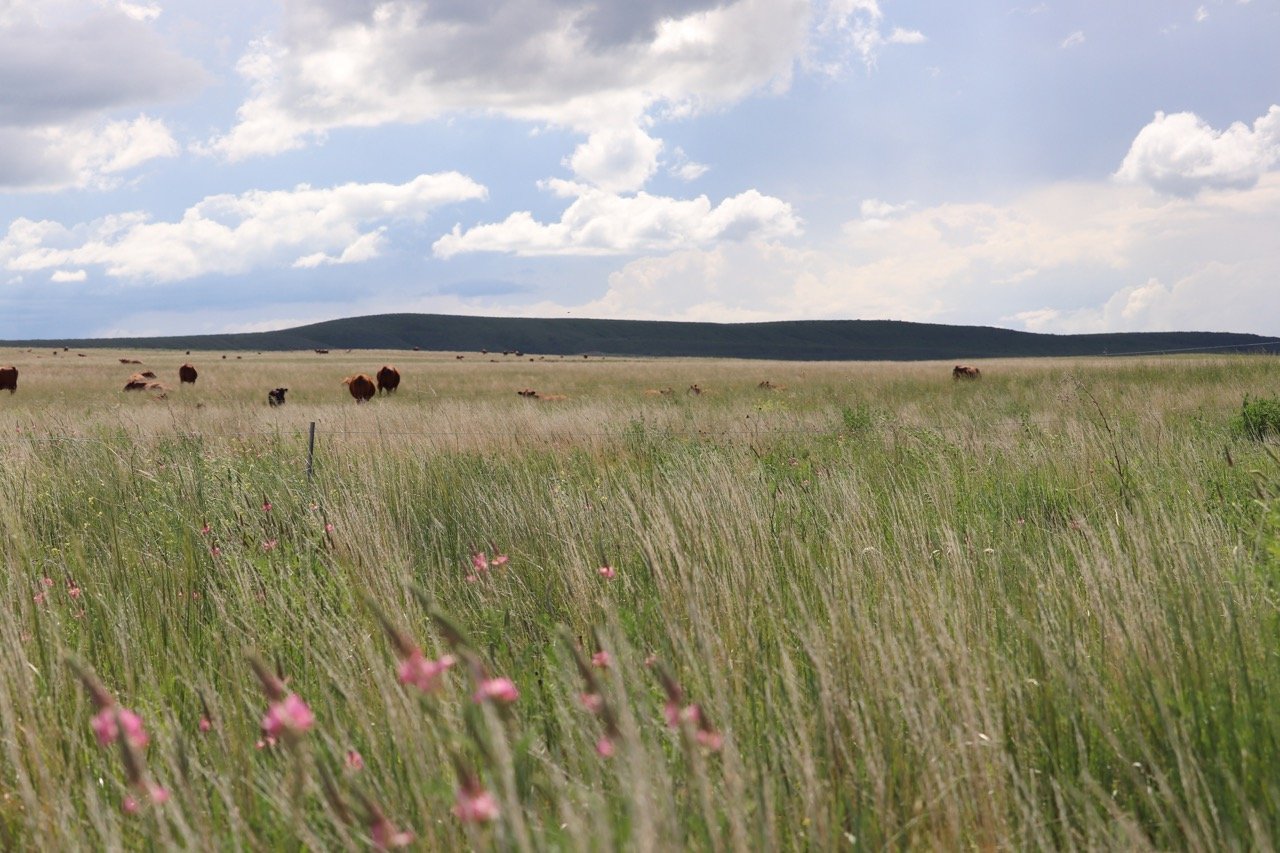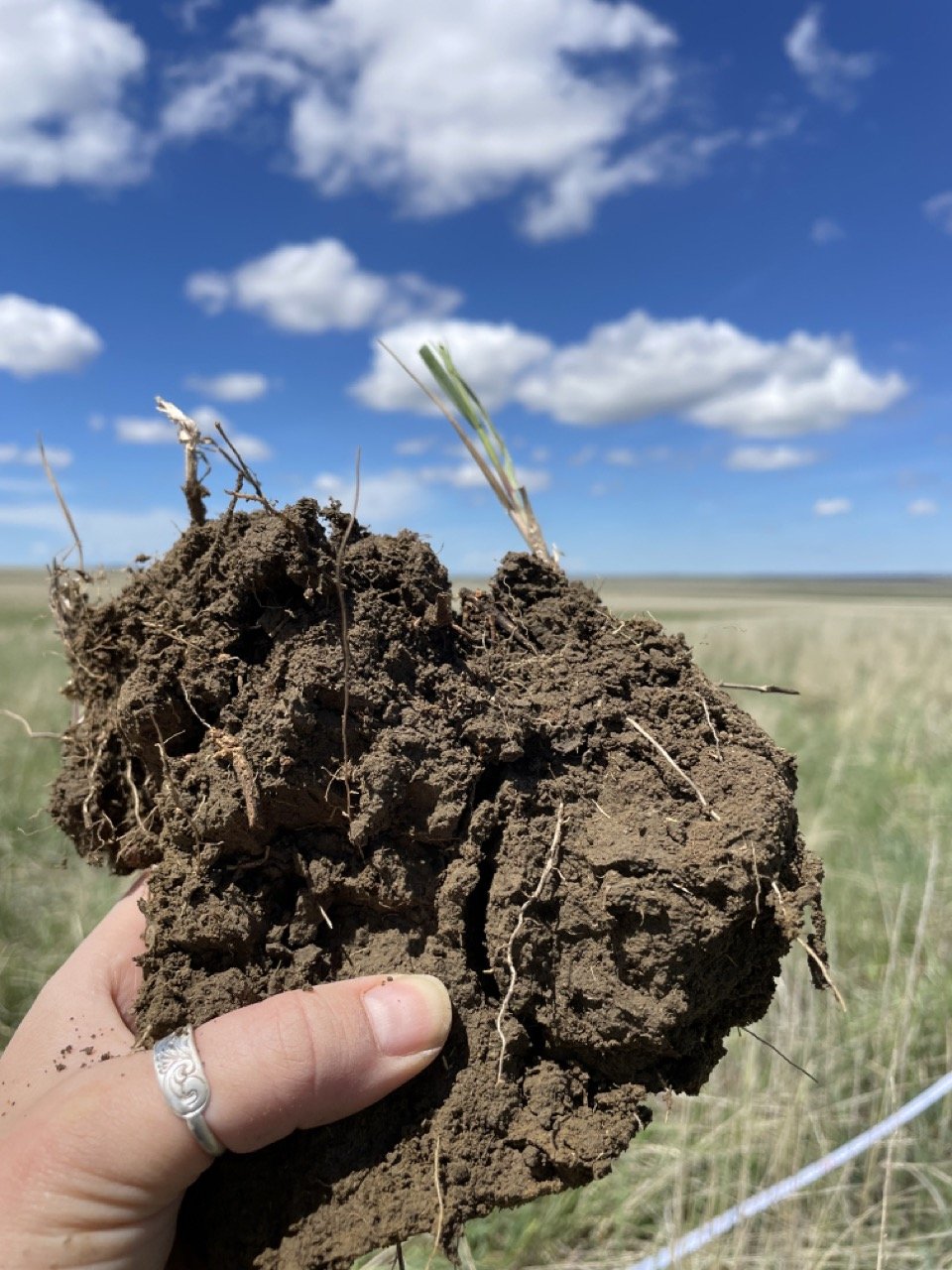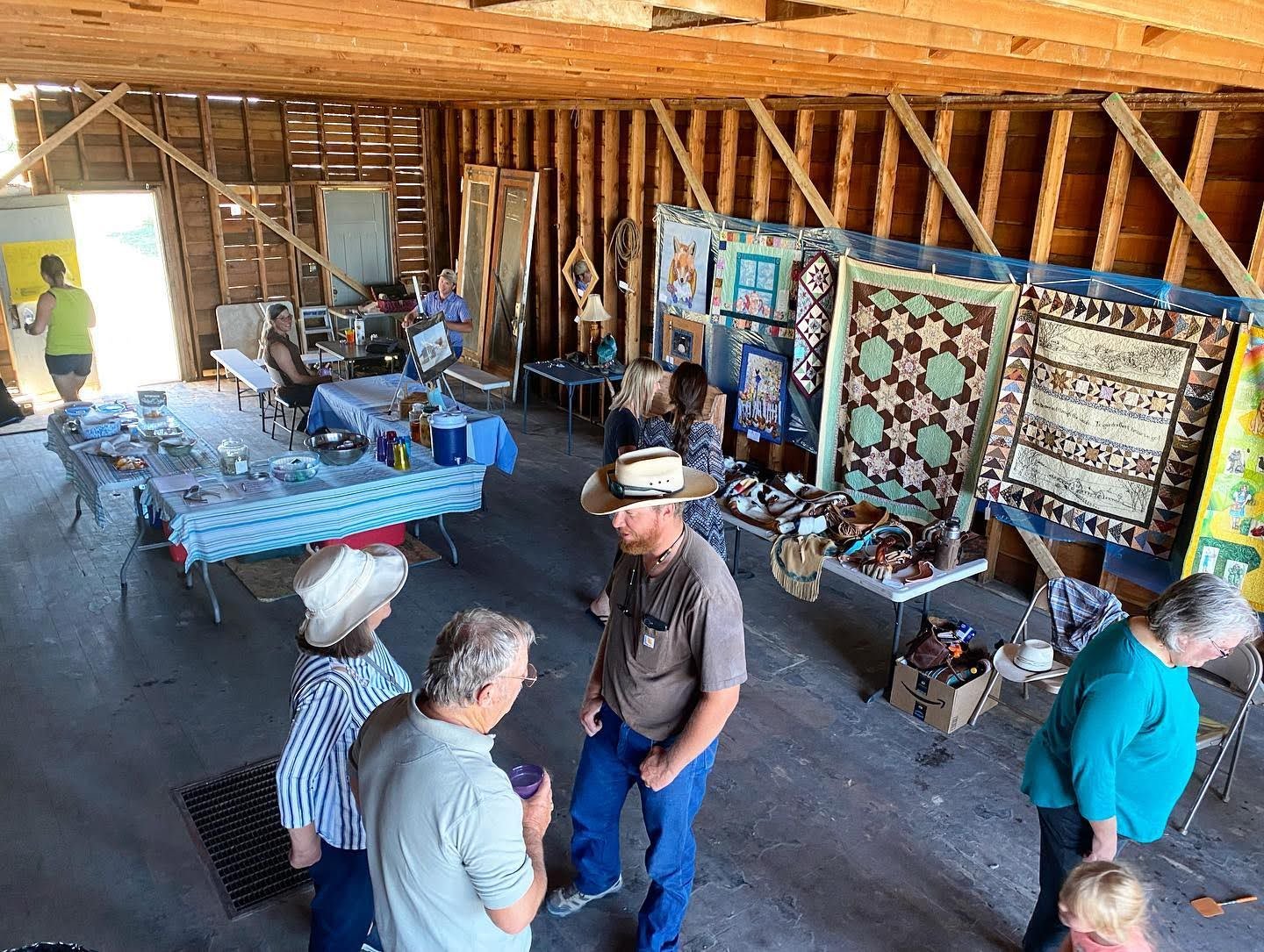Working Lands
The Working Lands Program focuses on sustaining the agriculture industry through developing or securing opportunities for agricultural operators to access grazing lands through the grassbank model, through successful ranch transitions, and through educational programs to help ranchers build a resilient operation.
In the early days of the organization, ACES was inspired to create a grassbank for the purpose of creating economic opportunities, enhancing land stewardship practices, and preserving the agricultural identity of the local community. On the journey to create a grassbank, ACES began providing educational opportunities for ag producers and developing relationships with conservation partners, leading to a holistic approach to create a more resilient human and ecological community. The community enhancement work we do directly supports our working lands, by helping keep families on the land.
-
Rangeland Improvement Program
The Conservation Program is overseen by a Conservation Committee, comprised of subject matter experts from NGOs and agencies in the fields of wildlife biology and natural resources, as well as experts with lived knowledge from local ranches. The Conservation Committee implements on the ground projects through the ACES Rangeland Improvements Program (RIP), which grants funds to private landowners for projects that benefit working lands. ACES follows the model first created by the Ranchers Stewardship Alliance for efficient and effective conservation delivery. The RIP assists ranchers across Central Montana with infrastructure and reseeding projects, understanding the Farm Bill Programs, woodland encroachment, and restoration of streams and wet meadows.
-

Grassbank
ACES is collaborating with RSA to create a grassbank to provide grazing options for multiple families and reduce hurdles for young producers in agriculture. The campus would serve as a physical location for continuing agricultural education alongside the fostering of grazing solution development to the benefit of the local ranching community and in the interest of grassland conservation.
-

Soil Health Program
The Soil Health Program has grown out of the need expressed by landowners to gain a better understanding of their soil health. In 2023, Winnett ACES launched the Soil Health Initiative to measure the interest and impacts of providing soil health technical assistance. This initiative provided ranches with soil health technical assistance and reached over 30 people through monthly pasture walk events during the summer. The preliminary work led to findings that inform adaptive management and support decision making on over 30,000 acres in central Montana. The initiative met with resounding success and ACES is responding by building a Land Health Program.
The Land Health Specialist works with landowners to identify challenges to conservation and production, provide technical assistance, and create a plan to transfer lessons learned to other landowners. Landowners who enroll in the Land Health Program will be walked through a series of steps to determine their soil health and actions to take to remedy any issues uncovered. Enrollment for each ranch means:
-

Perennial Roots - Succession Planning
Winnett ACES co-hosted and launched the Perennial Roots program, a series of in-person events, workshops and videos to support ranch succession planning. Nationally it’s estimated that 16.5 percent of family farms and ranches survive to a third generation of ownership. Inadequate succession planning is one of the biggest threats facing most small businesses, including agriculture.


